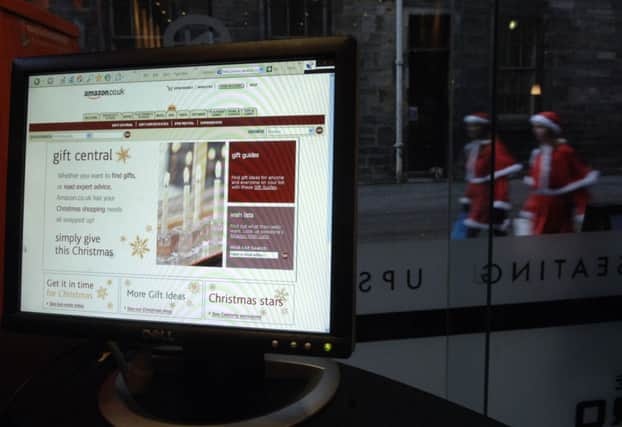Comment: Small retailers’ community currency hope


Along with the usual hurdles of red tape and rising costs, weak consumer confidence has eroded demand as wages continue to lag behind inflation. Meanwhile, internet shopping is siphoning off sales and footfall, with the major multiples fighting ferociously for those consumers still out on the high streets.
This has prompted a fusillade of initiatives, from the UK government’s Portas Review to Scotland’s Towns Partnership and a raft of other local initiatives. Online app developers such as Glasgow start-up Swipii Labs have likewise tapped the power of technology to create marketing and loyalty schemes for the independent sector.
Advertisement
Hide AdAdvertisement
Hide AdOne path that few have chosen to explore in Scotland is community currency, a form of money used to encourage commerce within a particular area.
Contrary to what many believe, there is no law against creating your own – you simply have to find others who agree to accept it as payment. Estimates vary, but it is thought there are thousands of schemes in operation around the world.
The best-known example in the UK is probably the Bristol pound (£B), which has been running since 2012. Pegged at 1:1 against sterling, there is more than £400,000 of £B in circulation, accepted by about 600 businesses.
Scotland is home to a smaller but longer-running scheme, Findhorn’s eko, which has been operating since 2002. But thereafter the list is acutely thin.
The Borders town of Hawick ran what was billed at the time as a “successful” three-month trial of its own currency in 2010, sparking talk of launching a similar scheme in Edinburgh. The latter never came to fruition, while the former was abandoned after the initial trial.
The recurring criticism of local currencies is that they’re just not that effective, main reason being that they don’t get into wide enough circulation. Unable to stick them in the bank, many businesses are reluctant to take them, creating additional hassles for the consumer. Cost is another major stumbling block, as the expense of printing and administering community cash has to be absorbed somewhere.
Many of these are the flaws of a paper-based system. A digital platform working across the mobile phone network could get hundreds of thousands of additional “notes” in circulation at negligible cost.
About half of £B is spent digitally, either as business-to-business payments or to settle rates bills (Bristol City Council accepts £B). Shoppers can also pay by text, which has proven to be quicker than credit card.
Community currency is by no means a new phenomenon – its history dates back to the Victorian era and beyond. With some modern twists, it could yet prove fit for purpose in today’s economy. «